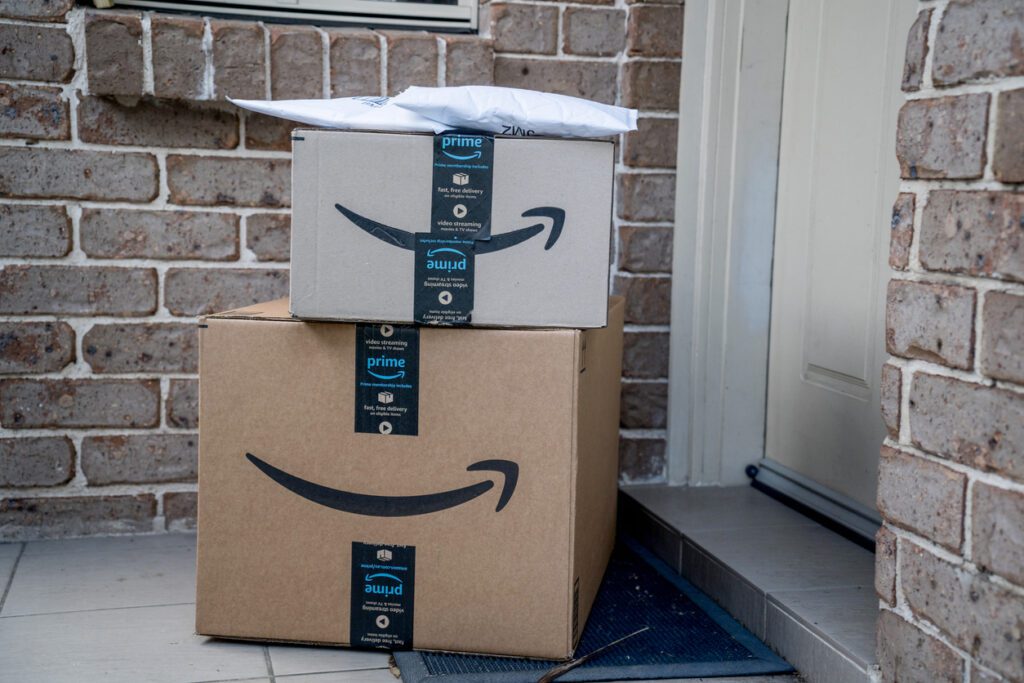SLAM (Scan-Label-Apply-Manifest) automation streamlines the final steps of order fulfillment by improving throughput, reducing labor costs, and ensuring consistent accuracy in package labeling and manifesting, helping fulfillment centers meet growing customer demands with speed and efficiency.
With more and more transactions being conducted online, customers’ expectations for rapid and accurate fulfillment of their orders are at an all-time high, thanks in part to the increasingly sophisticated technology that allows distribution and fulfillment centers to keep up with demand. Of course, those anxiously waiting for a package to land on their doorstep might not be that interested in the process behind getting them the items they purchased successfully. However, if you’re wondering how your fulfillment center is going to take the next leap to keep growing numbers of customers satisfied, understanding how SLAM automation can benefit you is essential.
What Does SLAM Mean?
The acronym SLAM stands for Scan-Label-Apply-Manifest—the activities that take place after items have been packaged but before they’re put into the hands of the carrier entrusted to get it to its destination. This last 100 feet of the order fulfillment process includes numerous steps that introduce opportunities for delay and error when you must rely solely on manual labor. Wrong label on the package. Miscalculated dimensions that route the package to a more expensive shipping option. Repetitive tasks that increase the risk of workplace injuries for your employees as well as taking up valuable time that could be spent on higher-level tasks.
Where did the acronym SLAM come from? The term comes from Amazon, which developed the process. Given how heavily the company’s business model relies on fast and accurate fulfillment of orders to meet customer expectations (think about the last time you grumbled because your Prime order didn’t arrive until late in the evening!), and this fact isn’t that surprising.
What Does SLAM Do?
A full SLAM line starts by scanning the package, identifying it through the label attached during packaging, commonly called an LPN (license plate number). The actual weight can be verified against the expected weight, and the package can also be measured for its dimensions (DIMs) to help rate shop for the least expensive carrier. Then a carrier-compliant shipping label is created and applied. That label and the LPN are scanned to ensure a match, and then the package is sent to manifesting. If any discrepancies or errors are detected in weight or labeling, the package is diverted for special handling.
Depending on the needs of your fulfillment operation, you can have different versions of a SLAM line that handle only the steps you need automated. For example:
- Print and Apply line only
- DIM Scale only
- Print and Apply, Scale only
- Print and Apply, Scale, and Manifest (full SLAM line)
This flexibility allows you to configure your setup in the way that provides the most advantage to your business.
What Are the Benefits of SLAM?
When you use a SLAM line to help automate order fulfillment tasks, you can expect:
- Improved throughput: Automation with built-in accuracy checks keeps packages moving for speedier throughput, boosting your ability to deal with surges of high demand.
- Reduced labor: Strategically deploy your valuable workforce to where their expertise is really needed and ensure that your order fulfillment won’t be held back by a lack of personnel.
- Consistent accuracy: Save money by reducing errors that can cost you on shipping fees and returns.
If your fulfillment center has been straining to keep up with orders in—or if you’ve missed the mark more than once and have the customer complaints to show for it—now is the time to discover how a SLAM line can make your operation more efficient, expand your capacity, and reduce costs.
Custom Automation Solutions
At Tension Packaging & Automation, we’re experts at creating the right automation solutions to meet your unique requirements and business goals. We don’t just design, build, and install automation solutions—we provide the training, service, and support you need to get the most out of your investment. To learn more about how a customized SLAM line can help your fulfillment operations level up, contact us here today.
